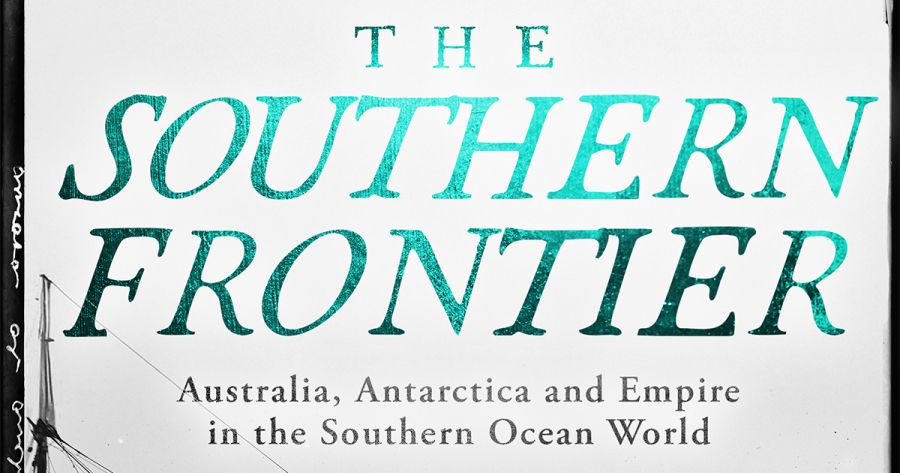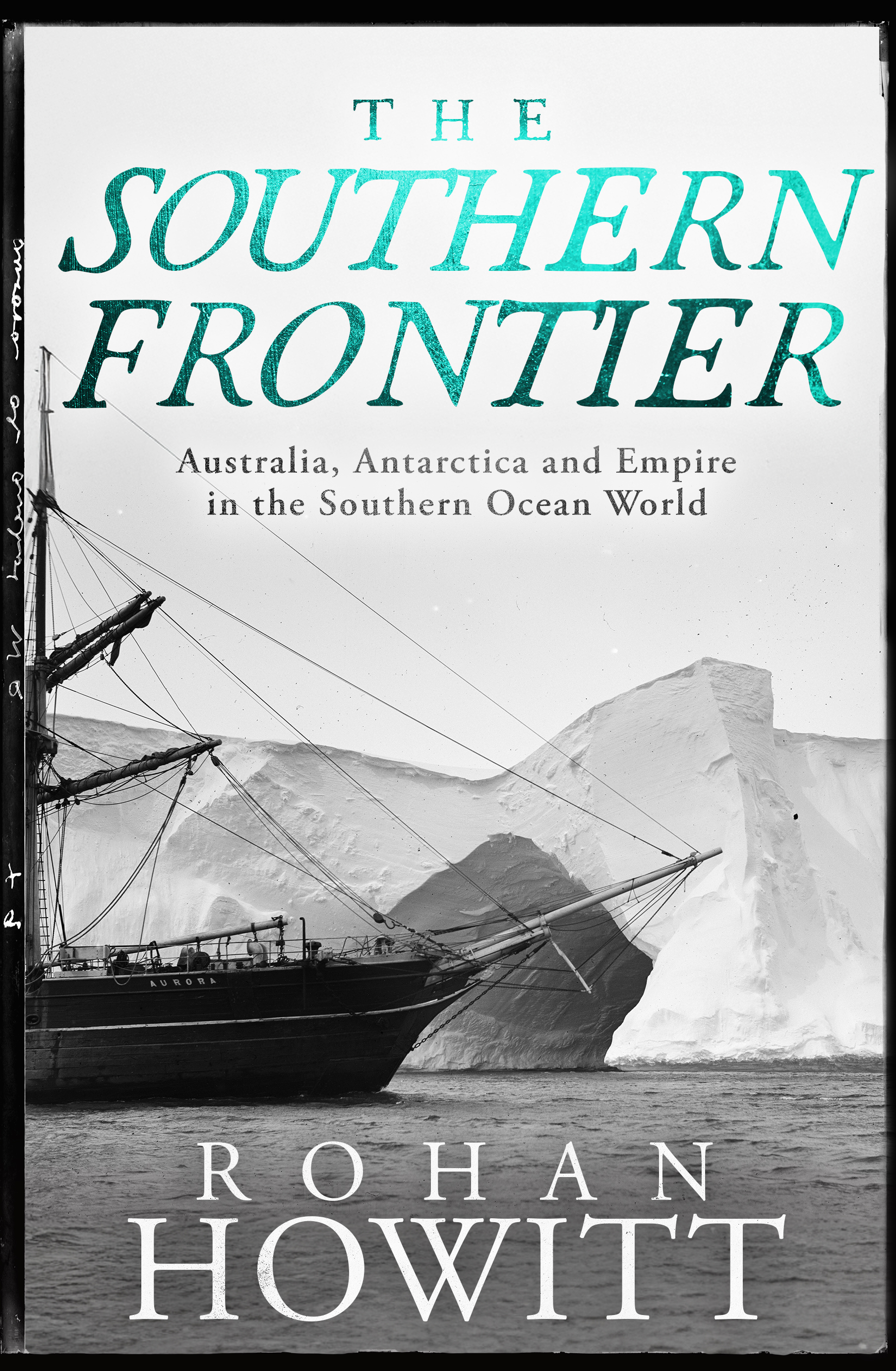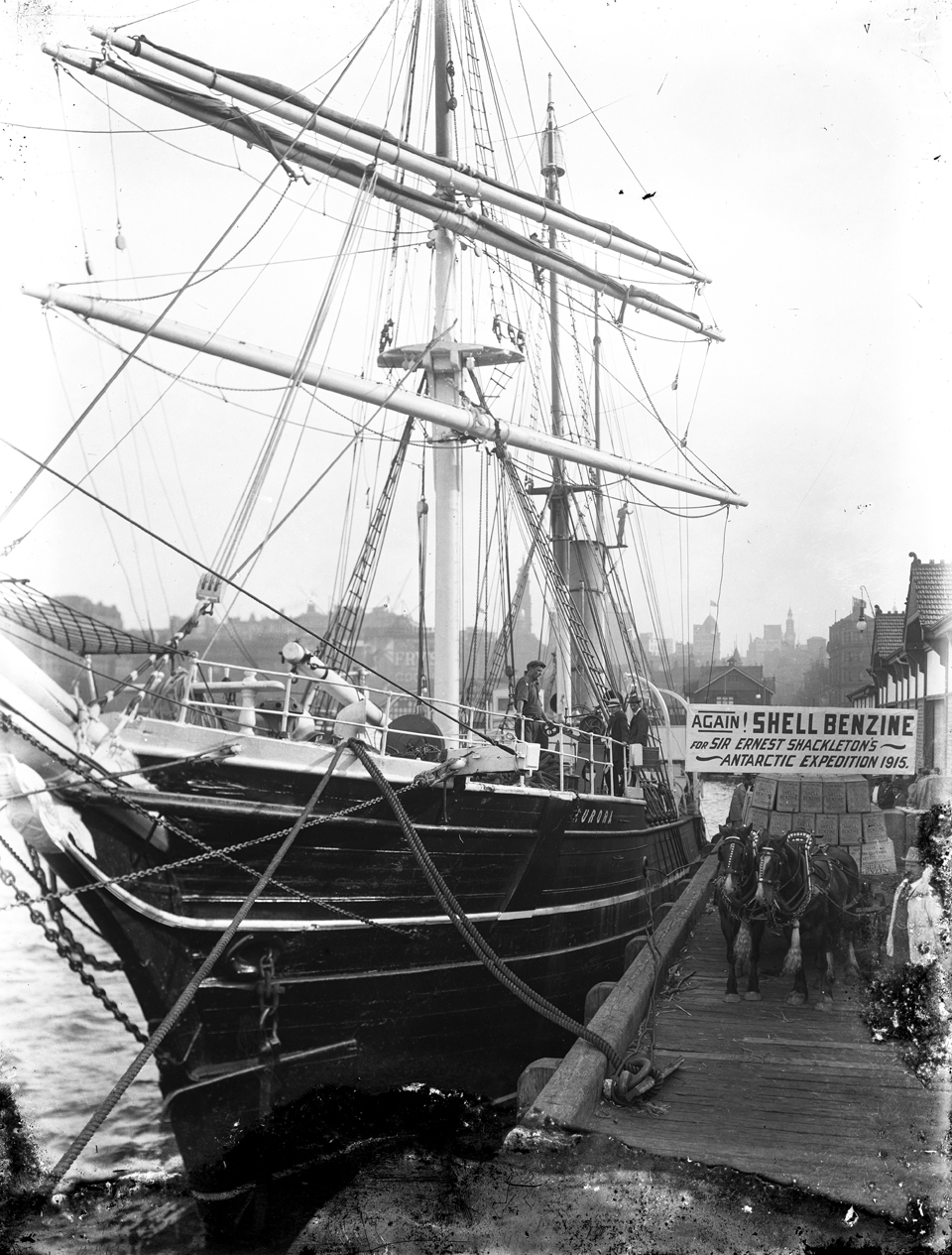
- Free Article: No
- Contents Category: History
- Review Article: Yes
- Article Title: Our southern neighbour
- Article Subtitle: A history of ideas about the ice continent
- Online Only: No
- Custom Highlight Text:
On the evening of Boxing Day 1900, a spectacular pantomime premiered at Her Majesty’s Theatre in Sydney in honour of the imminent federation of the Australian colonies. A theatrical ‘extravaganza’, Australis presented an image of the fledging nation one hundred years hence. In the pantomime’s vision, Australia in the year 2000 is ruled by a former trade unionist, ‘the Boss’, who leads an expedition to annex Antarctica, forming a ‘Great Empire of the South’. One advantage of this move, notes the Boss, is that the capital of the Australian empire can be located on the geographic south pole, thus resolving the dispute between Sydney and Melbourne. Clearly, the pantomime’s librettists (who included theatrical entrepreneur J.C. Williamson) were not above political satire. What Australis also suggests is that there existed genuine popular enthusiasm for an Australian Antarctic empire.
- Featured Image (400px * 250px):

- Alt Tag (Featured Image): Elizabeth Leane reviews ‘The Southern Frontier: Australia, Antarctica and Empire in the Southern Ocean world’ by Rohan Howitt
- Book 1 Title: The Southern Frontier
- Book 1 Subtitle: Australia, Antarctica and Empire in the Southern Ocean world
- Book 1 Biblio: Melbourne University Press, $39.99 pb, 304 pp
- Book 1 Cover Small (400 x 600):

- Book 1 Cover (800 x 1200):

- Book 1 Readings Link: https://www.readings.com.au/product/9780522880519/the-southern-frontier--rohan-howitt--2025--9780522880519#rac:jokjjzr6ly9m
While Rohan Howitt does not mention Australis in his new book, the pantomime’s themes – Empire, federation, and two southern continents – are those that occupy him. In The Southern Frontier Howitt persuasively argues that the Antarctic and Southern Ocean region figured within a broader expansionist ideology that characterised Australia’s identity. He thereby asks readers to reframe their thinking about the history of both continents, grouping Australia with other ‘small nation’ imperial powers, such as Norway, Chile, and Argentina; and to place Antarctica – or at least the wedge of it that sits to the south of Australia – alongside such unexpected companions as Papua New Guinea, Nauru, and the Cocos (Keeling) Islands, as part of an Australian empire. This empire was not, Howitt insists, ‘sub-imperial’, driven by Britain, but unequivocally ‘a product of Australian ambitions’.
Howitt’s account of Australia’s relationship with Antarctica between the mid-nineteenth and mid-twentieth centuries drives this point convincingly. Each chapter focusses on prominent historical ‘moments’– mostly well-known expeditions – but emphasises that Antarctica did not vanish from Australian consciousness between these events. Rather, discourse around Australia’s relationship with its southern neighbour underwent a slow evolution, moving between private and public arenas, informal to formal registers, but always returning to three underlying ideas: that Australia is specially connected to the ice continent due to its proximity; that there are untold resources to be found in the Antarctic region; and that Australia has ‘a natural right to control the world to its south’. SY Aurora, 1914 (courtesy of Melbourne University Publishing)
SY Aurora, 1914 (courtesy of Melbourne University Publishing)
A title such as The Southern Frontier, no matter how critical its author’s orientation, leads readers to expect at least some scenes of men with frosted beards in extremis, even if only as subjects to be problematised. What is new – and for me wonderful – about Howitt’s book is its complete indifference to well-known stories of southern suffering. Rather, The Southern Frontier is a history of ideas about the ice continent – ideas which are not always in sync with action. One of the delights of Howitt’s book is his account of failed Antarctic ventures: expeditions that never departed, he contends, nonetheless had an impact on public attitudes. Words such as rhetoric, vision, sentiment, mentality, and imagination feature throughout the analysis. Howitt is far more interested in what Australians – politicians, scientists, and the general public – thought and said about Antarctica than what they (or anyone else) did there.
The Southern Frontier evolved from Howitt’s PhD thesis and retains some traces of this origin. Each chapter opens with a short narrative hook and ends with a succinct summary of key historiographical points, but in between dives deep into public discourse about Antarctica in particular periods. This will be more information than most non-academic readers need. However, Howitt’s clear prose makes for a painless reading experience and these sections are full of eccentric and amusing detail. Who knew that carrier pigeons were considered as a viable form of communication from Antarctica? That a baby elephant seal was displayed at a Melbourne aquarium? That part of the Antarctic coast was named after the inventor of the Freddo Frog? Or that Australia’s capital city, while never destined to be located at the south pole, could have been called ‘Shackleton’ or ‘Scott’? Reading the detail is Howitt’s method and his point: the history of Australian attitudes towards the Antarctic can be found not so much in the highlights as in what happened in between them.
Unsurprisingly, given the scope of the research, there are occasional oversights and small errors. For example, Howitt writes that six men of the Australasian Antarctic Expedition overwintered in 1913: a group of five volunteers who agreed to endure a second winter and their leader, Douglas Mawson, whose tragic, epic sledging journey (pleasingly undescribed by Howitt) created the delay that meant they had to stay. Forgotten is number seven, wireless operator Sidney Jeffryes, a newcomer on the relief ship who also volunteered to remain. This would be a minor omission except that it was Jeffryes who pioneered two-way wireless communication from Antarctica, only to be written out of history when he suffered a psychotic breakdown, thus threatening the image of the stoic polar explorer.
I wish Howitt had spent a little longer on the lessons of this history for our current relationship with Antarctica. Does the sense that East Antarctica is naturally ‘ours’ prevail in Australian public discourse today? If geographic proximity is a key part of this natural connection, what role do countries such as Chile and Argentina – much closer to the Antarctic – play in the Southern Ocean world? Does public opinion still matter when decisions about the region are made by government representatives in opaque Antarctic Treaty meetings? What are the ramifications of the maintenance of our territorial claim?
Presumably Howitt leaves these questions deliberately open, offering his history as a springboard for further debate. The Southern Frontier brings a fascinating new perspective to a topic that is likely to become increasingly important as geopolitical and environmental threats to Antarctica mount: what are Australia’s rights to, and responsibilities for, its southern neighbour?

Comments powered by CComment